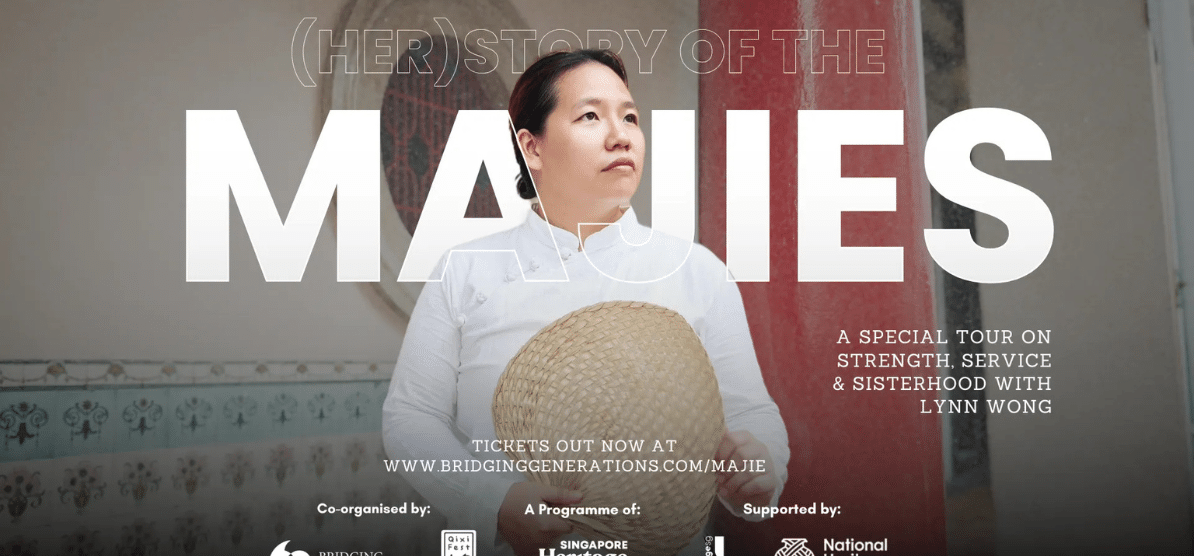
We all have our ideas of what makes smart investing, but what we don’t often talk about is how our preconceived biases often affect how we invest. But these psychological biases often form the foundation of how we choose to invest.
Similarly, how many of us know smokers who justify smoking by claiming it reduces stress, or by saying only a few become ill (“it won’t be me”). Some even claim that it only happens to those who consume two or three packs a day, or that if smoking doesn’t kill them, then something else will?
Smart investing: cognitive biases
- Cognitive Dissonance
In behavioural terms, smoking is a good example of cognitive dissonance. Although the medical evidence linking smoking with lung cancer and heart disease is overwhelming and irrefutable, every smoker still desires to lead a long and healthy life.
Advertisement
In cognitive dissonance theory, this desire is dissonant with an activity that will in all probability shorten one’s life. Basically, is much easier to make excuses than it is to change behaviour.
The same applies to investing and finance, where cognitive dissonance will cause people to tell themselves they are different, or after having bought a worthless stock, that “it’s different this time”.
Cognitive dissonance is just one example of a cognitive psychological bias that every one of us is prone to, which leads to the rejection of newly acquired information that conflicts with existing beliefs and instead seeks out only information that confirms our beliefs.
- Mental accounting
Another example is mental accounting, which is the tendency to code, categorise and evaluate economic outcomes by grouping their assets into any number of non-interchangeable mental accounts.
A completely rational person would not succumb to this psychological process because it causes people to take the irrational step of treating various sums of money differently based on where they are mentally grouped (work, inheritance, bonus, etc) or the nature of the money’s intended use (leisure, necessities, etc). Money is money, regardless of the source or intended use.
University of Chicago professor Richard Thaler who won the 2017 Nobel Prize in economics and coined the term “mental accounting”, performed an experiment where he offered one group of people $30 and an accompanying choice: either pocket the money with no strings attached, or gamble on a coin toss where a win would add $9 and a loss would subtract $9 from the initial $30 gift.
70% of people opted to gamble because they considered the $30 to be “found” money – a lucky windfall, not money meticulously saved or earned through hard work. So why not have a little fun with the money?
A second group was also asked: Would you gamble on a coin toss where you would receive $39 for a win and $21 for a loss? Or would you rather simply pocket $30 and forgo the coin toss? The key distinction was that the $30 was not given upfront seemingly out of the blue as the first group. Instead, the options were presented at the outset in terms of their ultimate payoffs.
Interestingly, only 34% chose to gamble, even though the outcomes were identical to the first group.
In other words, people create mental accounts or buckets to justify actions that seem enticing but are, in fact, unwise.
For investors, the problem with mental accounting is the placement of assets into discrete buckets according to asset types, without regard to potential correlations connecting investments across categories.
An example would be having a bucket for leisure, another for an education fund and another for retirement. Envisioning distinct buckets for different financial goals is not necessarily always negative but it can cause investors to neglect positions that offset or correlate across accounts, leading to below-par overall portfolio performance.
- Behavioural Finance
In the past 20 years, a branch of finance theory known as behavioural finance has grown in significance in terms of guiding investors to understand how they make decisions. It acknowledges that most people cannot be expected to behave rationally all the time.
Instead, many studies have shown that when people are faced with complex decision-making requirements, they have great difficulty coming up with rational solutions.
To use the smoking example, many who smoke will ignore evidence from studies involving thousands and thousands of subjects, and instead will point to one or two smokers they know who lived long lives as justification to continue smoking.
- Anchoring
Yet another common bias is anchoring where the mind fixates on a particular anchor. Suppose a person bought a stock for $1, didn’t sell it when it rose to $2 and it now trades for $1.50. Even though the person is still 50% better off, chances are he or she will feel they’ve “lost” $0.50 and would prefer to wait for it to return to the mental anchor of $2 before selling.
Smart investing: emotional biases
- Loss Aversion
Another broad category of psychological biases is emotionally based. A good example of which is loss aversion, where investors dread selling underperforming stocks because they simply cannot stomach taking a loss. They comfort themselves that if they don’t sell, it’s only a paper loss and so would rather wait until the price rebounds, at least until a breakeven point.
To understand this, consider this scenario: You plan to invest $50,000 and are presented with two alternatives:
- A guarantee that you will get back $50,000 at the very least, even if you don’t make any more money.
- Have a 50% chance to getting $75,000 and a 50% chance of getting $35,000.
Most people, being loss averse, would choose (a) even though (b) offers a large potential return on the upside.
Loss aversion also leads people to sell profitable positions, ie to take the money and run. However, frequently holding onto a winning stock is not risky if the company is solid and doing well.
- Overconfidence
Yet another emotional bias is overconfidence, which is an unwarranted faith in one’s intuitive reasoning, judgements and cognitive abilities which can lead to excessive risk-taking and over-trading.
Overconfident investors, possibly because they think they possess superior abilities or knowledge, can also misjudge downside risks and hold under-diversified portfolios.
- The Herd Instinct
Last but by no means least, is perhaps one of the most common biases of all – the herd instinct which is the notion that buying into an apparent mass consensus can limit the potential for future regret.
So it is that when we wish to buy, say a rice cooker, and when confronted with a confusing array of brands to choose from at the store, many would then go along with the salesperson’s advice when they say, “go for this one, it’s our most popular”, or “buy this one, many people go for this model”.
In investing, herd instinct is closely related to FOMO or “fear of missing out” when individuals throw caution to the wind and follow the pack. Often, those who have succumbed to this have great difficulty justifying their investment decision afterwards, especially if it doesn’t fit into their long-term plans.
- Recognise and incorporate
There are more types of psychological biases but by now, it should be obvious that knowing your own biases is very important in helping you become a better investor. There are many online tools to help individuals in this regard.
By gaining insight into these biases and recognising which ones one is prone to, investors may be able to make better decisions to help reduce risk and improve investment outcomes.





